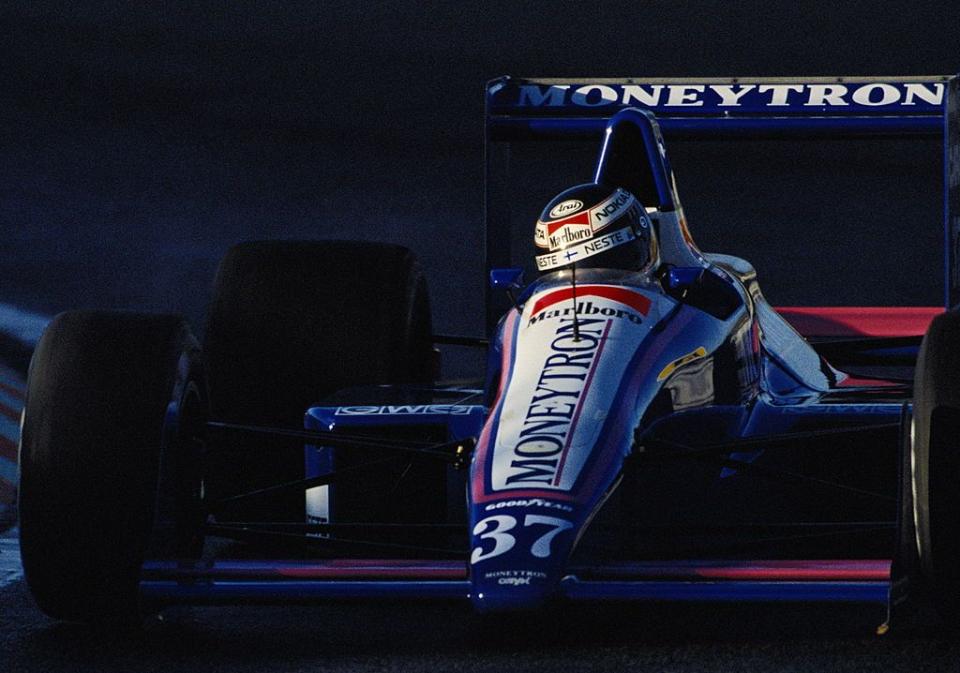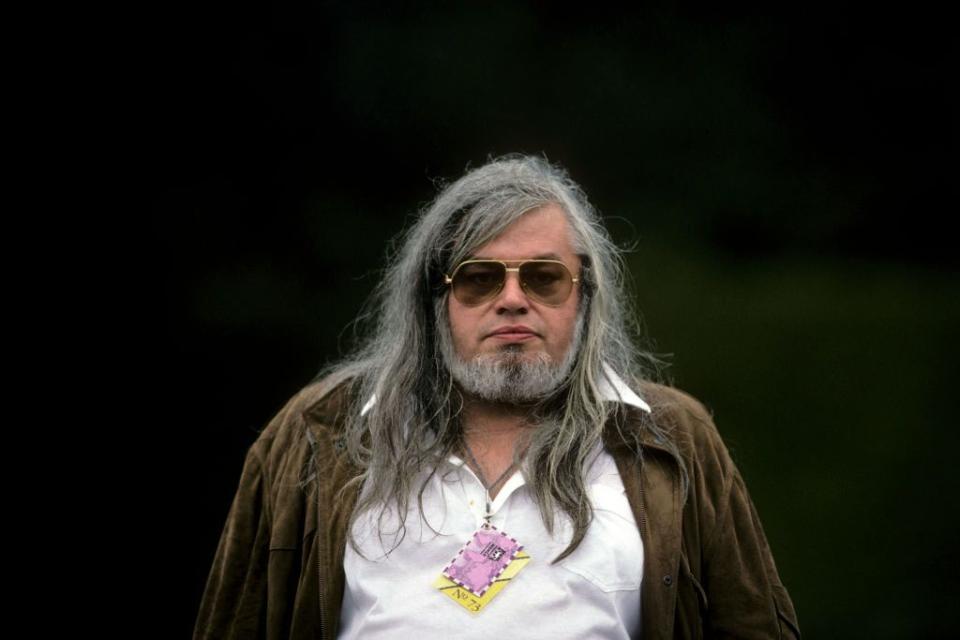F1's New Fans Are Obsessed with Its Juiciest Scandals

Formula 1 is a supersport. Not only do the 20 best drivers—athletes—compete against one another, they do so in the world’s fastest and most technologically complicated cars, assembled by teams of many engineers in hospital-clean factories, and are fed by private chefs flown around the world. All of this costs a fabulous amount of money. Wherever there are fabulous amounts of money, there are scams.
Scams spring up in F1 because F1 loves shady financing, though it might deny it in the moment. F1 trades exposure for cash from every antidemocratic kleptocracy it can find. Entire teams come and go based on shaky backing. What is the Aston Martin team today once was Force India, before Force India backer Vijay Mallya was arrested on $1.4 billion in fraud charges. Haas F1 happily boasted about Russian sponsorship, right up until the money became verboten as Russia invaded Ukraine. It’s not victim blaming to say that F1’s love for shady cash opens the sport to scammers; nothing is illegal until you get caught, and F1 has survived for decades in that fertile middle ground.

No F1 scam, perhaps, was greater than Moneytron. Jean-Pierre Van Rossem, an ebullient and roguish Belgian, claimed to have invented a supercomputer that could predict the stock market. He kept the supposed supercomputer secret and scammed his way to billions of dollars, a Bernie Madoff of the Eighties. On the way to his eventual discovery and imprisonment (the “supercomputer” was housed behind a forever-locked door that turned out to be to a broom closet), JPVR bought and ran a Formula 1 team, with his company Moneytron as the title sponsor. The team finished as high as third at the 1989 Portuguese Grand Prix before Rossem pulled his sponsorship and left the team to flounder. It shut its doors before the end of the 1990 season.
(Van Rossem was somewhat self-aware when it came to his place in history. When he was finally convicted, already and somewhat fantastically elected to Parliament at the time, he declared, “The good news is that there will be one capitalist less in the world, the bad news is that he is me.”)

The astounding heights of the Moneytron scam are a bit of an insider secret to those who know F1’s long backstory. But there is no great book that details all the meetings, promises, schemes, and plans that hooked an F1 team into this nightmare. Van Rossem died five years ago, so even if a writer were to take on the job, there is no way to interview him.
“Going back, there were so many other crazy sponsorship stories, like Moneytron,” Elizabeth Blackstock tells me in an interview amid the blaring speakers of the U.S. Grand Prix fan zone, standing beside her Racing with Rich Energy co-author, Alanis King. “This has existed in Formula 1 for so long. People don’t really know about it, because Formula 1 doesn’t really want you to know about it, because it’s a darker mark on their history.”
“I read stories about Moneytron and the supercomputer that could supposedly predict the stock market,” King elaborates. “But the supercomputer’s . . . keeper, let’s call him the keeper, Jean-Pierre Van Rossem, who sponsored the team, he was the only one with the key to the office the supercomputer was in. And of course it all blew up; everything went crazy. This man tried to preserve his wife in a cryogenic chamber. All of this stuff. How wild would it be if we had interviews with him, and with the employees, with everyone who was there.”
Their book Racing with Rich Energy is a historical document for the Moneytron of our time, giving us a window into the heart of the Rich Energy scandal. The race weekend was sort of a debut for their book, with the first copies making their way into readers’ hands.
“In 20 years, it’ll be amazing to have all these firsthand accounts of this thing that happened. And that was our goal.”
This work appeals to a particular kind of fan—someone invested not just in the results of a F1 race weekend or engaged with the technical details of the cars on track. It is for someone who is incisively knowledgeable about both of those fields and sees beyond them into the sport’s deeper dramas. These are the most engaged fans at F1, and they were all here at the Racing with Rich Energy book signing.


For two hours I watched as they ran over, often in pairs, often women, always overjoyed to see King and Blackstock. This is a new generation of F1 fan, and they are not all recent devotees of the Drive to Survive era.
“Drive to Survive has fundamentally changed the fan base, in some good ways and some bad,” says Autumn Breese, who came to the book signing with her friend Tim Allen. Together they coordinate a rather large Houston F1 group that runs watch parties, a Discord that includes at least one current F1 engineer, and karting events on off weeks. The group has been around for five or six years.
“It started out as five or six of us,” Breese says, “at a pub, watching on our laptops, no respect for F1. We’d get kicked out if there was a football game. And now it’s grown to [where we’re] starting to wonder if we’re violating fire code for these. It’s just incredible how much it’s grown.” Allen adds that at least 160 people showed up for the last live race.

 Yahoo Autos
Yahoo Autos 